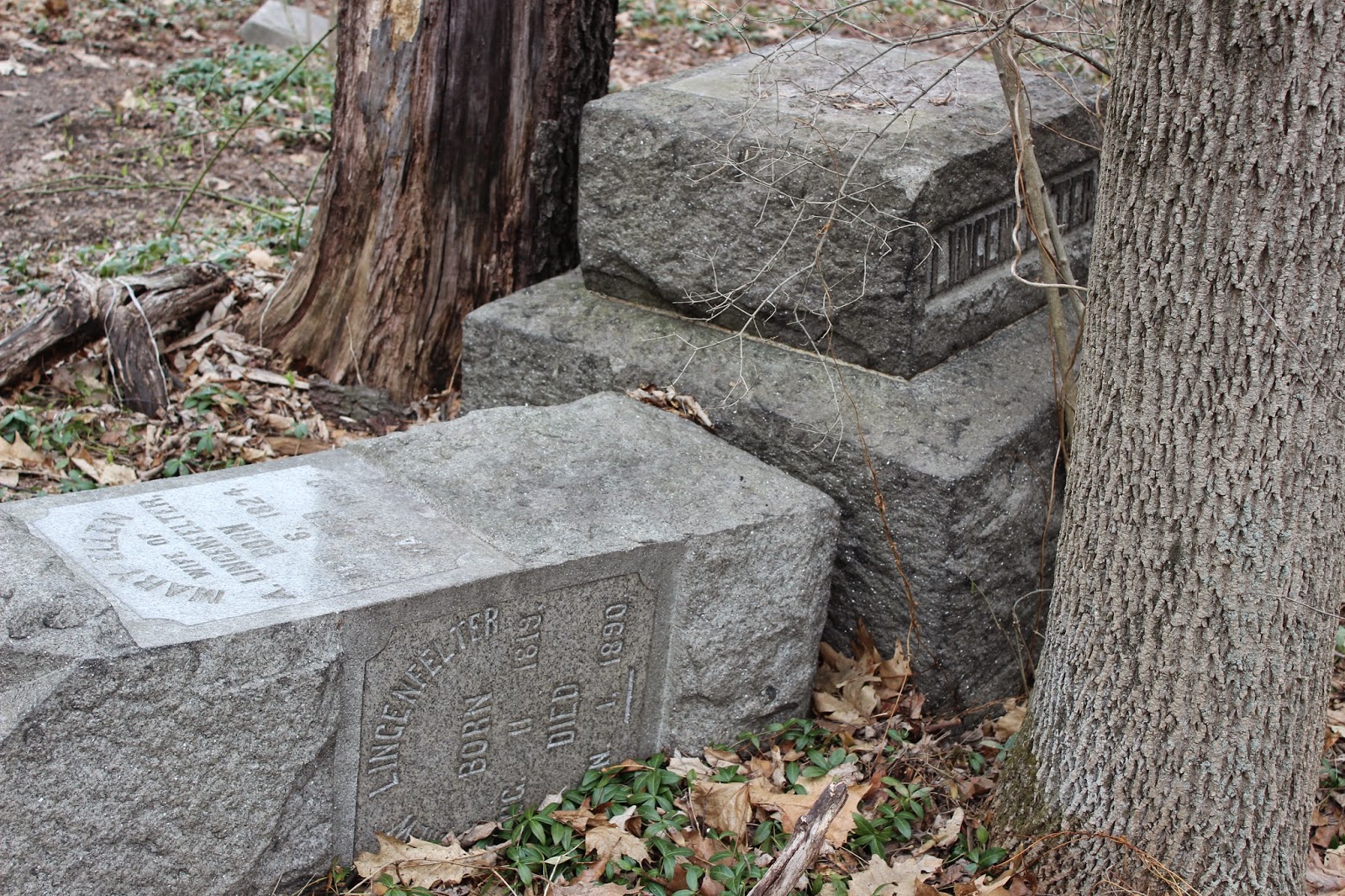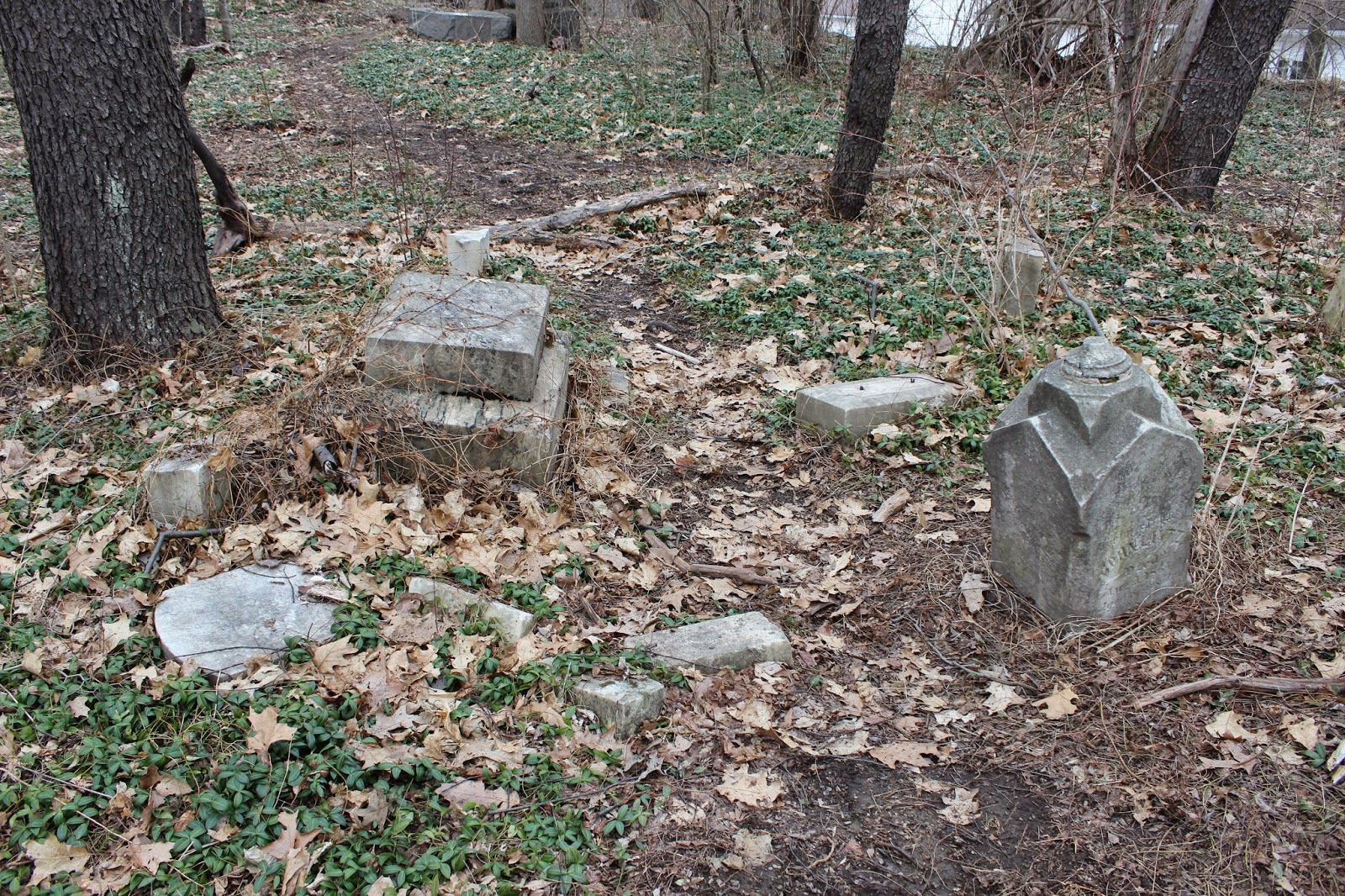 |
| Sideling Hill Western Portal |
 |
| Abandon Stretch of Turnpike |
The Pennsylvania Turnpike has
evolved a lot over the past several decades since it opened in the 1940’s. At
first much of the turnpike was originally used as a railroad then later turned
into highway. The Turnpike now travels over mountains but when it first opened
it went through them. With seven tunnels along the stretch, the turnpike would
bottleneck from a 4-lane to a 2-lane highway through the tunnels. Due to
congestion, primarily at the Breezewood interchange, the tunnels were bypassed.
This left about 13 miles of abandon highway and tunnels in South-Central
Pennsylvania. The remaining tunnels were enlarged to allow better flow of
traffic and remain part of the Pennsylvania Turnpike today.
 |
| Access to Turbine Room |
The Abandon Turnpike is still
currently accessible to pedestrians and bicyclists; were as, motor vehicles
have been prohibited. Non-profit conservation groups manage parts of the
Abandon Turnpike. The groups have tried to make it a rail-to-trail
recreation area. Two tunnels, Rays Hill and Sideling Hill, are open to the
public and are the most well known. The tunnel further west, Laurel Hill, is
privately owned and being used as a test site. The abandon turnpike is easily
accessible from 3 different points. Pump station road off of Rt. 30 takes you
to the Eastern part of Sideling Hill Tunnel. Oregon Road off of Rt. 30 takes
you in-between Sideling Hill and Rays Hill Tunnels. Lastly, the intersection of
Rt. 30 and Tannery road near Breezewood takes you to the western part of the
turnpike near Rays Hill Tunnel.
 |
| Inside the Tunnel |
I have been
to the abandon turnpike tunnels numerous times, and they have yet to get old.
Even before reaching the tunnels, there is something amazing about walking down
the abandon interstate highway. Trees are growing in the median. Grass and
weeds creep up from the cracked concrete. My favorite time to go is at night.
The highway gives off an eerie post-apocalyptic vibe that you would see in
movies. At night the tunnels can be seen by the moonlight, but the inside is so
dark you can’t see your hand in front of your face.
 |
| Turbines |
Visiting during a sunny day
however, you can just barely see through the tunnel to the other side. This is
also the best time to explore the inner structures of the tunnels at your own
risk of course. I have explored Sidling hill tunnel the most over the years.
The massive turbines that pushed air in and out of the tunnel are still intact
in the upper floor of the tunnel entrance. The tunnel walls are always changing
with new graffiti on both sides. Along the tunnel way where the old lights
were, numbers are painted to help you judge how far you are along the tunnel.
The tunnels are primarily intact with some concrete falling from the ceiling.
Water does come down from the ceiling at both portals but the inside is usually
dry.
 |
| Air Shaft above Tunnel |
If you plan on visiting the tunnels,
it is at your own risk. I would recommend wearing comfortable shoes and taking
a flashlight regardless of time of day and only staying on the road and not
exploring the other parts of the structure.

























